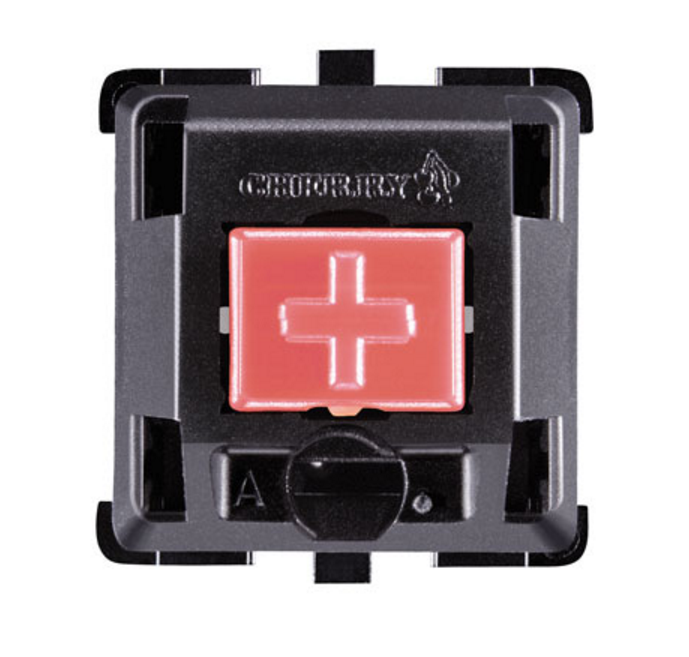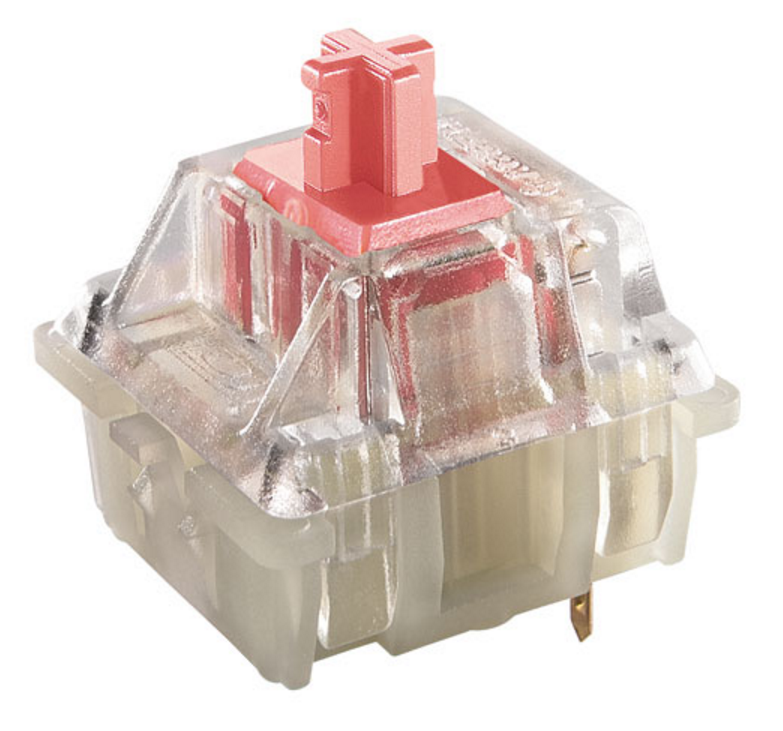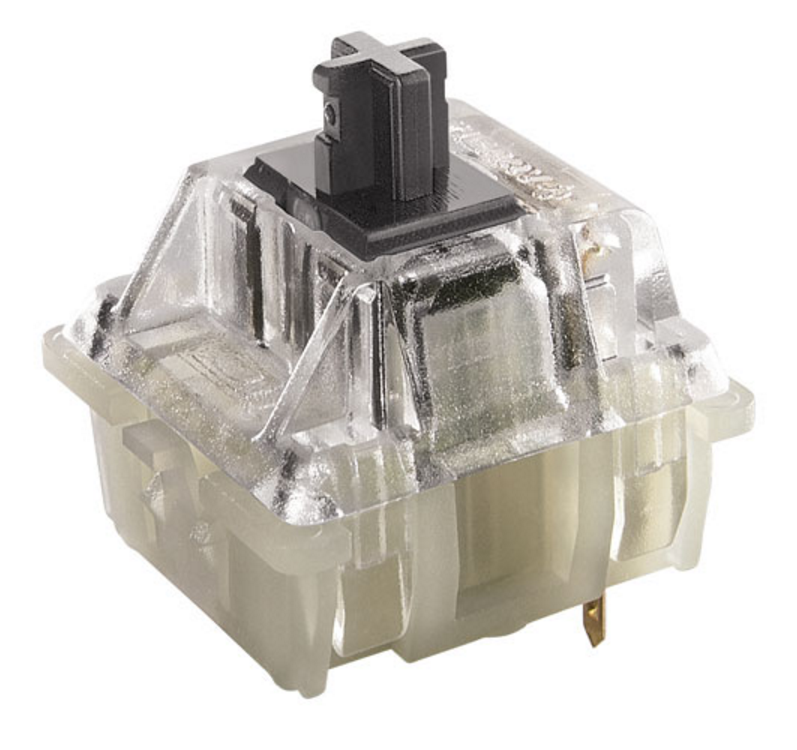Cherry MX Silent Switches Get Black Version, Exit Corsair Exclusivity
Cherry MX Silent switches are nothing particularly new, but until now, they were limited to one type (linear Red switches) and one company--Corsair. Now, though, the Corsair exclusivity has expired, leaving other companies free to implement the quiet switches onto their own keyboards.
Further, Cherry opted to add a new switch type to the silent crew with a Black option. Now, then, there are four total Cherry MX Silent switches: Silent Red, Silent Black, Silent RGB Red, and Silent RGB Black.
The “silent” part is achieved via a rubber pad that dampens the sound of both the switch bottoming out the rebound noise. Note that otherwise, the specifications of the switches are identical to those of their non-silent counterparts. It’s worth noting that both Red and Black switches are linear, meaning there’s no extra click within the key travel.




As indicated in the table below, there’s not much difference between the four Silent MX switches (the clear switch housings on the RGB versions notwithstanding) other than the force required for operation. Reds are quite light; Blacks offer a firmer feel for those who like linear switches but not the lightness of Reds.
Between MX Silent and standard MX switches, there’s a slight difference in the pretravel and total travel, due to the added rubber components.
| Header Cell - Column 0 | Silent Black / Silent RGB Black | Silent Red / Silent RGB Red | Black / RGB Black | Red / RGB Red |
|---|---|---|---|---|
| Type | Linear | |||
| Actuation Force | 60cN +/-20 | 45cN +/- 15 | 60cN +/-20 | 45cN +/- 15 |
| Pretravel | 1.9mm +/-0.6 | 2mm +/-0.6 | ||
| Actuator Travel | 3.7mm -0.4 | 4mm -0.4 | ||
| Bounce Time | < 5ms | |||
| Lifetime | 50m key presses |
There have been no non-Corsair keyboards announced to date that have Silent MX switches on board, but we expect to see a glut of them relatively soon. Even hardcore mechanical keyboard fans generally admit that their clicking and clacking can get a bit grating in noise-sensitive settings such as offices, dorm rooms, and small apartments. Reducing the noise without losing much of anything in the way of performance will surely attract a few buyers. (Alternately, you can use a third-party dampening system on your existing switches.)
Get Tom's Hardware's best news and in-depth reviews, straight to your inbox.
Seth Colaner previously served as News Director at Tom's Hardware. He covered technology news, focusing on keyboards, virtual reality, and wearables.
